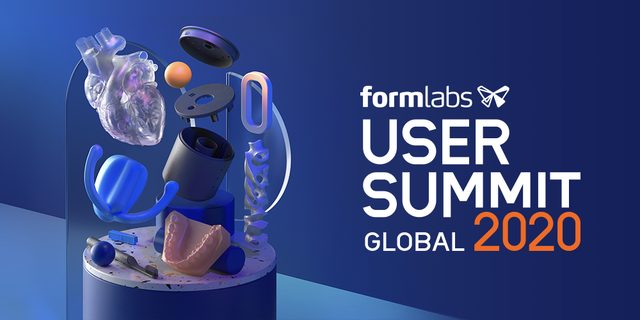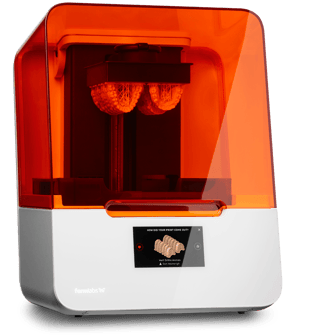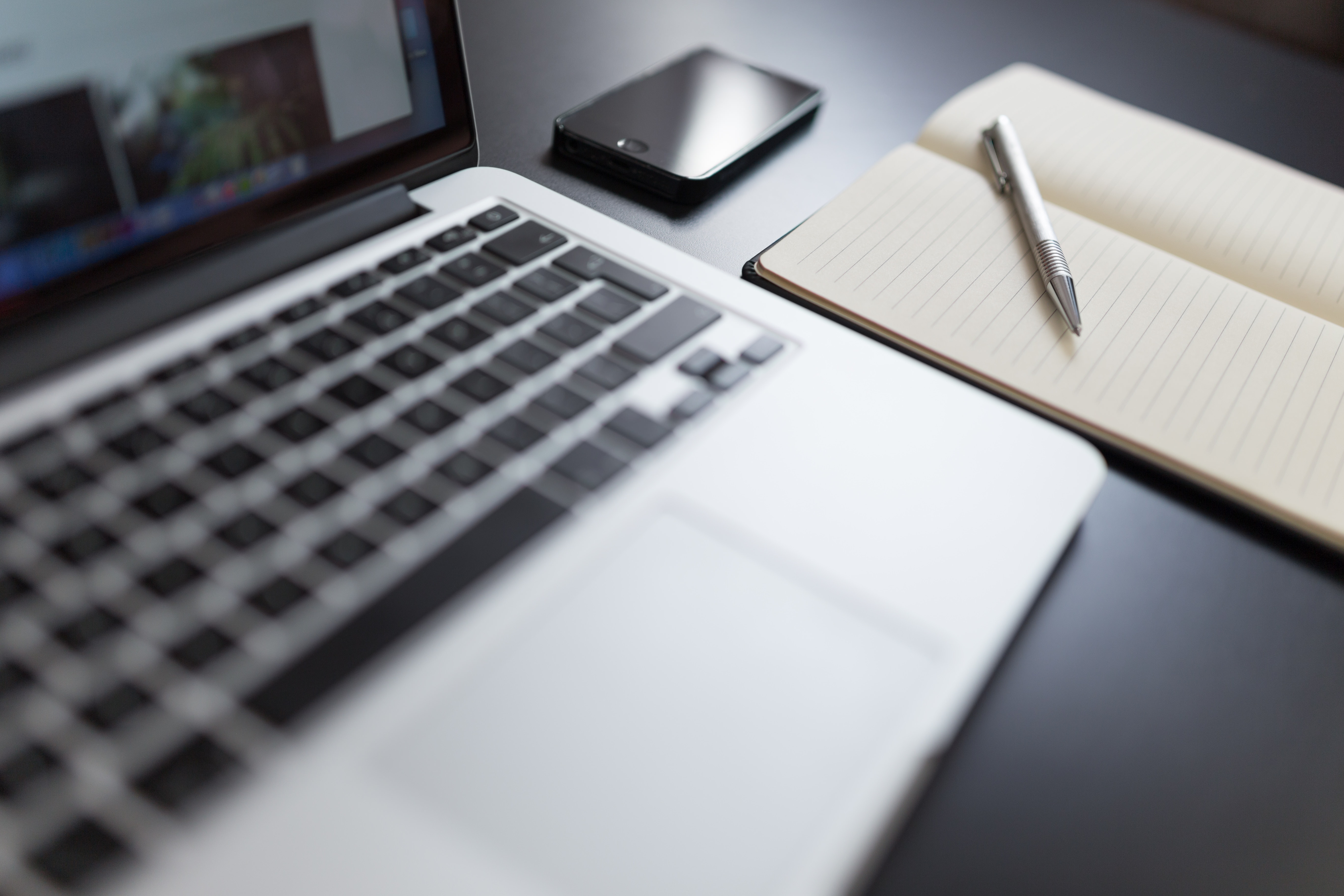Remote 3D printing changes how clinics and dental labs operate
3D printing is a revolution that is transforming not just dentistry, but fields and industries as diverse as medicine, engineering and education. Here at DSD, it’s a crucial development that has allowed us to design and manufacture solutions to make clinical procedures more predictable and enable patients to see and feel their new smile before undergoing a single procedure.
This year, when COVID-19 caused many businesses around the world to alter the way they operate, we saw much of our daily life make the switch to online: from remote work to digital catch ups with friends. And this also had an impact on dental labs and the way they were able to function.
In today’s post, George Cabanas, DSD’s Research and Development Manager, talks to us about remote 3D printing, how it works and how DSD was able to implement it to maintain production during the COVID-19 restrictions.
First of all, what is remote 3D printing and how does it work?
 George Cabanas: “Most printers have two major components to their system: software and printer. The software allows the model to be placed on the virtual build platform of the printer with its necessary supports to ensure a good result.
George Cabanas: “Most printers have two major components to their system: software and printer. The software allows the model to be placed on the virtual build platform of the printer with its necessary supports to ensure a good result.
The software component concludes when the models are sent to the printer. Once the software part has been performed, you prepare the resin and trays on the printer for the appropriate material needed to print the model. Once set, the user then manually presses a few buttons to start the printing process. This requires a person to be physically present to prepare the model with the software, prepare the printer, and finally start the printing process by pressing the buttons.
In comparison, remote printing is a feature that allows the lab or clinic to send models to the printer and start the printing process while not physically standing next to the printer. To do this, both the software and the printer need to have a special ‘Remote Printing’ feature. What always needs to be done at the printer is preparing the resin and tray, but all the rest can be done remotely.”
How ‘easy’ is it to do remote 3D printing? Do you need any extra things in terms of equipment or team members?
George Cabanas: “Remote 3D printing is much easier than I had imagined. The feature works seamlessly with the Form 3B printer from Formlabs; there is nothing extra needed. All you need is this printer, a PC (Windows or Mac), the printer software, and a remote access software. There are several free remote access software available – it could be TeamViewer, Chrome Remote Desktop, AnyDesk or Windows Remote Desktop to name just a few.”
What are the advantages of having a 3D printer in your clinic during COVID-19 restrictions?
George Cabanas: “The advantages of having a 3D printer in the clinic during this time are:
- Same-day manufacturing of all the DSD Planning Center printable products in the office.
- Fewer people having direct contact with the model or appliance, thereby reducing risk. Only the clinic personnel and the patient have contact with the appliance manufactured.
- Avoiding contact with delivery personnel. If DSD or a local lab was to manufacture a product, there would be a messenger needed to deliver the package. By printing in the clinic, this is avoided.
- DSD has supported several of our DSD Clinics in how to manufacture more complex appliances. Although this is not only COVID-19 specific, DSD can provide additional practical support.”
How did you use remote printing during the COVID-19 restrictions?
George Cabanas: “DSD has taken two specific actions during the COVID-19 restrictions to implement the use of remote printing.
The first step was that half of the lab team could perform their work remotely from home. We have assigned printers with specific resins. This allows the remote technician to prepare all the models and guides using the Preform software. Coordinating with the in-lab technician, the remote technician would start the printing process without interrupting the former technician. This has increased our efficiency.
The second step taken was increased flexibility in working hours. Since our DSD Planning Center team was also working remotely, each person was able to work on their own schedule around family commitments. What this means in practice is that all the cases to be manufactured during the evening did not have to be ready by 5:00pm. The in-lab technician could leave the office when all the physical work had been performed, simply leaving the printers ready for a remote-printing session later that day. Once at home, the lab technician can commence the remote printing process, thereby ensuring that all the work is manufactured during the night so that the following morning, the models can be washed, cured and finished.”
In your opinion, how is a digital approach transforming dentistry?
George Cabanas: “Digital dentistry has already transformed dentistry as a whole. Today, a clinician in any part of the world can share their patient's models with DSD almost instantaneously. If the case is restorative, DSD Lab can give live feedback to the clinician on recommendations for the preparation being performed to ensure the ideal Natural Restoration crown or veneer.
Another great benefit is having the entire case synchronized. This means that all the models in their various stages are aligned, and all the steps are perfectly coordinated. The ability to incorporate crown lengthening with aligner orthodontics and Natural Restorations is a tremendous advance in the quality of case provided by the clinician.”
Aside from the benefits of remote 3D printing for dentists, what are the advantages for patients?
George Cabanas: “The advantages for the patient are speed, accuracy and improved treatment plans. Combining DSD treatment planning with locally manufactured dental products allows the clinician to offer the patient the best possible treatment option. Additionally, the clinician will be able to use 3D-printed appliances to ensure that the implementation of the treatment plan is followed closely.
In the end, having 3D printers in the office is a sign that the clinician is willing to invest in their practice and their patients with the best tools possible for the benefit of the patient.”
Formlabs Global User Summit: 27-28 October 2020
From 27 to 28 October 2020, this year’s virtual edition of the Formlabs Global User Summit will be taking place with the focus of ‘Impact’. Set to be the most accessible to date, participants will be able to tune in to this year’s edition from all over the globe – completely free of charge!
At this fascinating event which will be ideal for 3D printing newcomers and experts alike, there will be international speakers and 24-hours of live content with panels, workshops and networking events. In 2019, George Cabanas participated in a fascinating panel titled ‘User Breakout: Digital Dentistry’ at the International User Summit in Berlin, and at this year’s Global Summit, he will be giving a keynote presentation. Don’t miss it!
Find out more about the 2020 Formlabs User Summit and get your ticket now.



